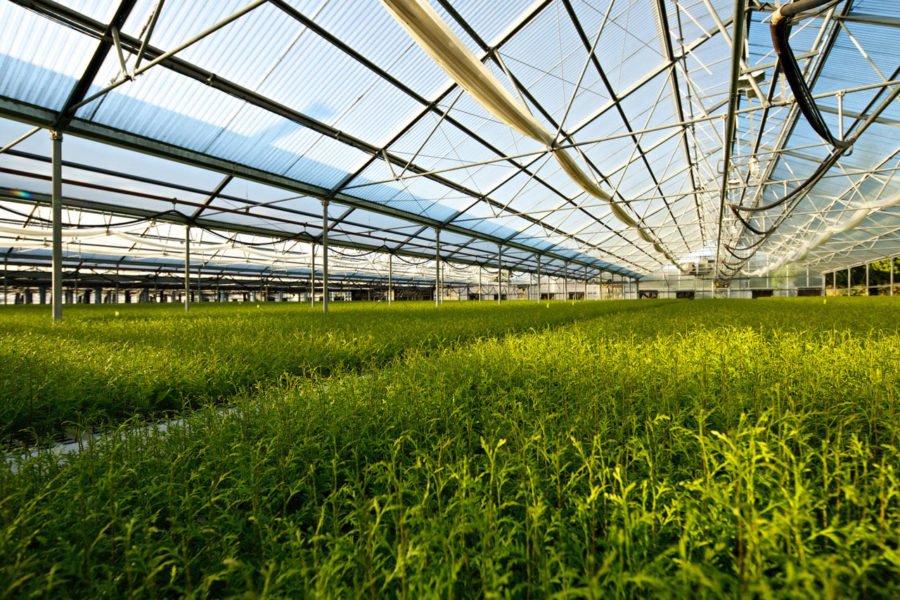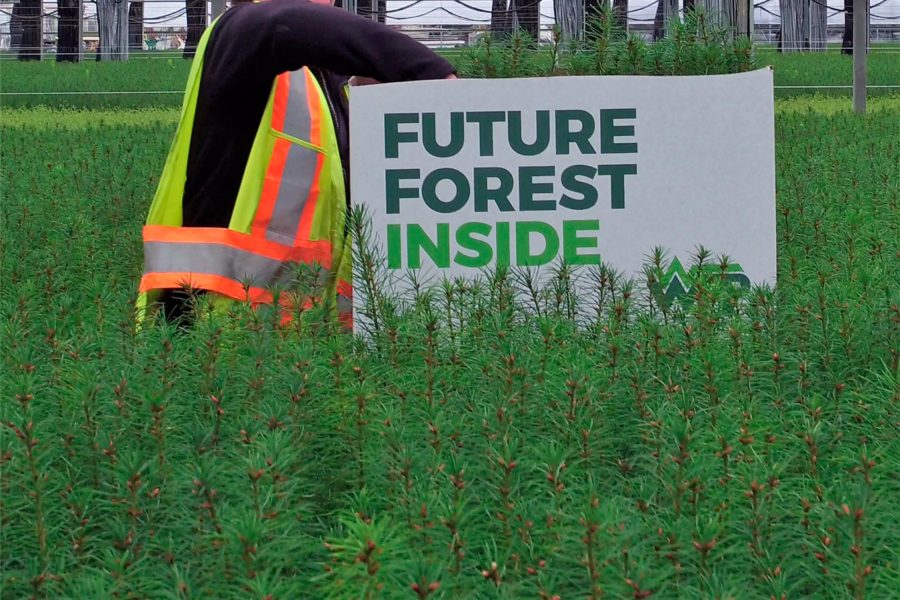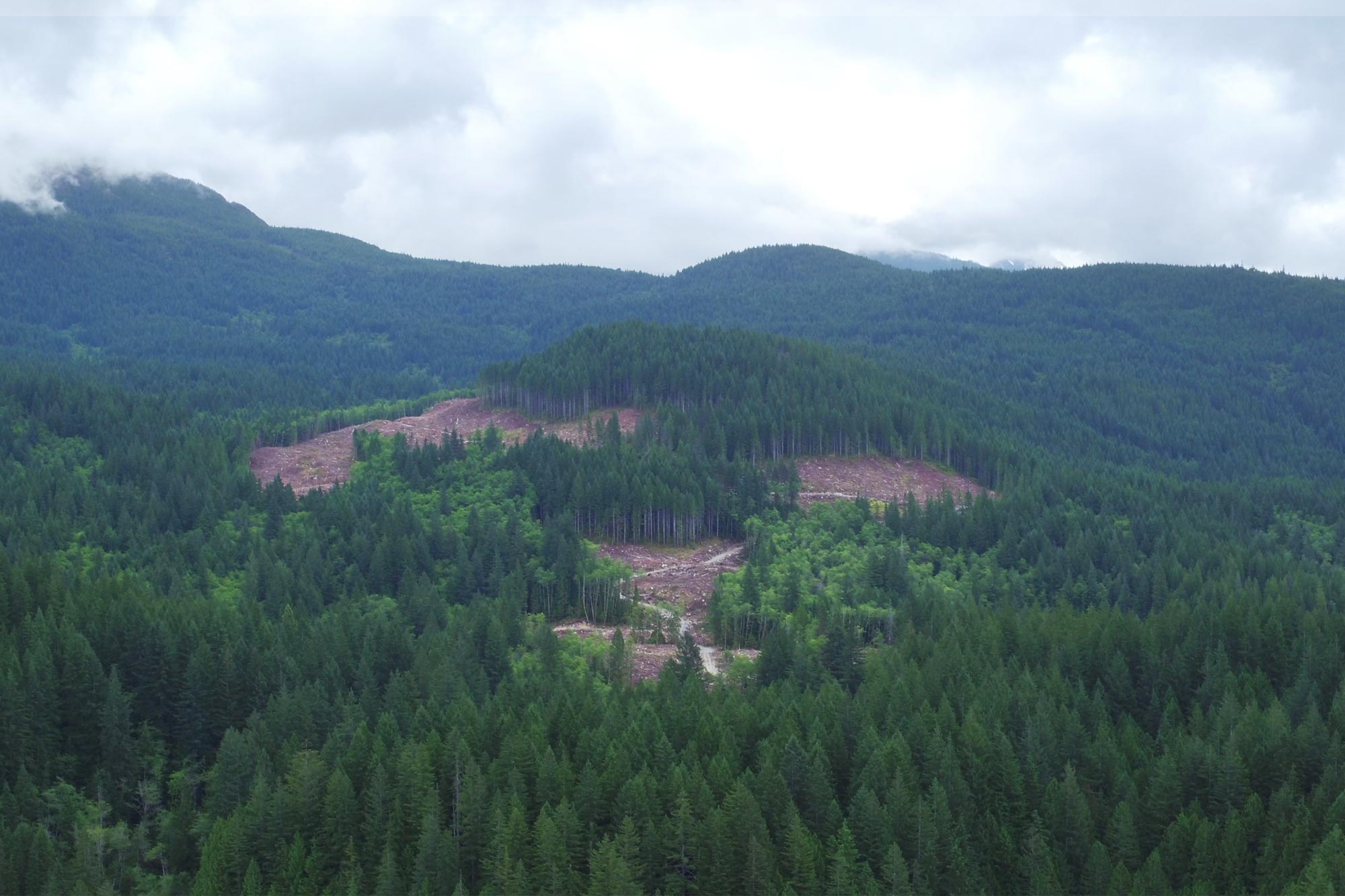Story at a glance:
- Western Forest Products has a 250-year plan to ensure the company doesn’t harvest more than forests grow.
- The International Panel on Climate Change supports sustainable forest management to prevent deforestation and emissions.
- On the coast of British Columbia, Western Forest Products has set aside 75% of its forests to protect habitats for many types of animals.
When Shannon Janzen begins work each day at Western Forest Products, she knows her efforts will have ripple effects for centuries.
In her current role as vice president partnerships, sustainability and chief forester, Janzen works to implement sustainability initiatives and set environmental standards for the company’s operations. She sets standards for a 100-person forestry team and spends as much time in the forest as she can, but it’s never as much as she likes.
“When I decided to pursue my degree in natural resource management and become a forester my family thought I was crazy,” she says. “Shortly after university when I went to work in a remote logging camp, it didn’t alleviate concerns about my sanity.” But in a more than two-decade career, she has no regrets.
Forestry operations on the coast of British Columbia date back to the 1850s. Western Forest Products began its operations in 2004 on the coast of British Columbia and now has operations in both coastal British Columbia and Washington State. As a large supplier of sustainable specialty building materials, the company is quite literally sowing the seeds for future generations with its 250-year plan forecasting its sustainable forest management to ensure the company doesn’t harvest more than forests grow.
Western Forest Products has a long history of sustainability, which includes a detailed biodiversity plan and proven steps to conserve the forest.
“British Columbia has some of the most stringent forest regulations on the planet, and from this starting point Western Forest Products has developed a science-based approach to managing forests,” Janzen says. “This includes investing in leading edge technology and developing management systems that are utilized in our decision-making. We plan the land base first, then consider what trees to harvest. We include retention of ecosystems and habitats to sustain biodiversity in managed forests all through a comprehensive plan that has been developed over decades.”

Western Forest Products’ solutions provide a renewable and environmentally low-impact green alternative to energy and carbon-intensive building materials like concrete, aluminum, and steel. Photo courtesy of Western Forest Products
The Intergovernmental Panel on Climate Change (IPCC) also supports sustainable forest management as a global climate change solution, as it helps prevent deforestation and emissions and works to achieve a net reduction in atmospheric carbon.
As per the IPCC’s findings, Western Forest Products plays a large role in helping to mitigate climate change. “The 250-year plan developed for our harvesting ensures we can continue to grow renewable forests in the future; that is the definition of sustainable forest management,” Janzen says. “We have carried out and completed a sophisticated model of how we manage the life cycle of our products and value the carbon benefit.”
Through this work Western Forest Products has determined that there is a net carbon benefit from its management. This means that through replanting and growing trees that sequester carbon and storing harvested carbon in long-lived forest products, more carbon is removed from the atmosphere than is emitted.
- Photo courtesy of Western Forest Products
Western Forest Products takes its responsibility for sustainable forest management seriously, with third-party certifications to back it up, according to Erik Ostensen, director of marketing and product management for the company. “The IPCC has been clear that forestry is a global climate change solution—and we are committed to getting it right,” he says.
Western Forest Products manages diverse and widespread forests over 5,000 square miles in British Columbia, and the company also has an impressive seedling nursery and orchard. The Saanich Forestry Centre—the oldest continuously operated seed orchard in Canada—is spread across 65 acres. The forestry center produces seeds for close to seven million seedlings from 4,000 cone-bearing trees.

Photo courtesy of Western Forest Products
Twenty-one greenhouses in an accompanying tree nursery (added in 1981) grow an average of 3.5 million seedlings annually, representing 10 species of native trees, including Douglas fir, western red cedar, yellow cypress, western hemlock, and Sitka spruce. This variety ensures the company is sustaining the natural genetic diversity found in British Columbia’s natural forests. This diversity of species helps protect the forests from insects and diseases while making sure they’re well adapted to a changing climate, Janzen says.
In addition to climate change mitigation, Western Forest Products also helps protect habitats for many types of animals. On the coast of British Columbia, where their forests are located, just 25% of the forest land is available for timber production, while the other 75% is set aside to provide habitats to indigenous species like black bears, grizzly bears, marbled murrelets, and northern goshawks. To date, through its site level retention, the company has also conserved more than 1,000 bear dens, 500 nesting trees, and hundreds of big trees. They’ve set aside areas to provide deer, elk, and mountain goats refuge in winter habitat range as well as riparian habitats that sustain fish.

Photo courtesy of Western Forest Products
The company’s lumber products are focused on specialty high-value products tailored from the unique characteristics and qualities of the diverse British Columbia coastal forest profile. Ostensen says their products are beautiful, natural, versatile, and durable, and architects all over the world turn to Western Forest Products’ products for aesthetic solutions, structural performance, and environmental and economic benefits.
“As trees are harvested the new forests sequester carbon at a much higher rate and the wood products produced from the forest are used in buildings that store harvested carbon, reducing their footprint and avoiding the use of less sustainable materials,” Janzen says. “There is no better, more natural choice than wood when sourced from regions of the world like British Columbia, who ensure those forests will continue to grow in perpetuity.”






